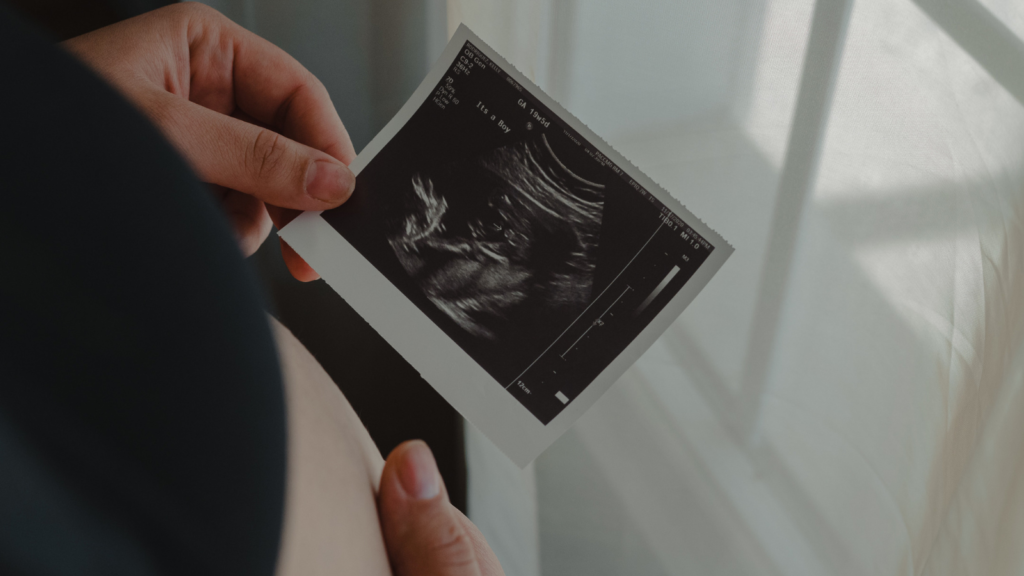Trimester-by-Trimester Fetal Development

The journey of pregnancy is marked by incredible changes and development for both the expecting parent and the growing fetus. Understanding Trimester-by-Trimester Fetal Development across trimesters is an essential part of this miraculous process. Here’s a detailed breakdown of each trimester and the crucial Trimester-by-Trimester Fetal Development milestones to anticipate:
First Trimester: Building Blocks of Life
The first trimester, spanning from conception to week 12, is a crucial period marked by rapid and fundamental changes in the developing embryo. Initially, the fertilized egg implants itself into the uterine wall, initiating the formation of the placenta. Around week 4, the neural tube begins to develop, eventually evolving into the baby’s brain and spinal cord. This stage is critical for the baby’s central nervous system formation.
By week 6, the heart starts beating and blood begins circulating. Basic structures of major organs, including the heart, liver, kidneys, and lungs, begin to form. The fetus starts to take on a human-like appearance as facial features and limb buds develop. However, at this stage, the fetus is incredibly small, usually measuring around a quarter of an inch.
Throughout the first trimester, expectant parents may have their first prenatal visits and ultrasounds, witnessing the initial glimpses of their growing baby. Around week 8, the embryonic stage ends, and the fetus emerges, starting to resemble a tiny human.
Second Trimester: Growth Spurts and Baby's First Moves
From week 13 to week 26, the second trimester is often considered the “golden period” of pregnancy. This phase is characterized by rapid growth and significant developments in the fetus. Bones harden, muscles develop, and the fetus starts to exhibit movement, although these movements might not be noticeable to the mother yet.
Around week 18, many expectant parents look forward to the mid-pregnancy ultrasound, where the baby’s sex might become discernible. By week 20, the mother often experiences “quickening,” feeling the baby’s first flutters or kicks. During this time, the fetus’s senses begin to awaken, allowing them to respond to stimuli. The fetus can taste the amniotic fluid and respond to touch.
Third Trimester: Final Preparations for Birth
The last trimester, spanning from week 27 until birth, is a period of final preparation and substantial growth for the fetus. The baby’s weight significantly increases, and their movements become more pronounced. Around week 32, the fetus typically settles into a head-down position, preparing for the birthing process.
Throughout this trimester, the fetus’s organs, especially the lungs, continue to mature. The baby practices breathing movements by inhaling and exhaling amniotic fluid. By this stage, the fetus’s brain development advances rapidly, and they can recognize familiar voices and sounds from the outside world.
As the due date approaches, the baby’s body systems are fully developed, and they are ready to make their grand entrance into the world, completing the incredible journey of Trimester-by-Trimester Fetal Development.
Understanding these stages helps expecting parents appreciate the intricate process their baby undergoes before birth. It creates a profound connection and fosters a sense of wonderment toward the miracle of life.
Increased keyword density has been applied while maintaining readability and relevance to the topic of Trimester-by-Trimester Fetal Development.







Responses